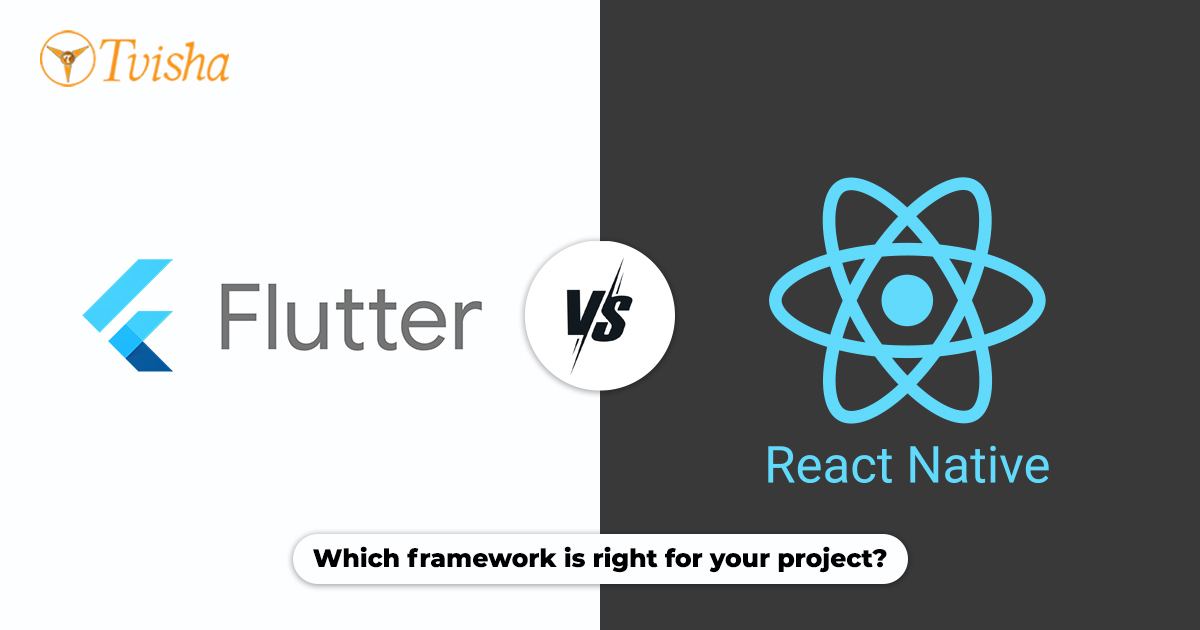
Software Development Teams Structure - The Ultimate Guide
If you have a product concept that you want to bring to reality or have a vision of a software solution, you need to hire a committed software development teams. However, before that, it is necessary to know how to assemble a teams or understand the software development teams structure.
Essential Factors Behind The Teams Structure of Software Development
Each product you bring into life starts with the people. Mapping your business goals to the software development teams will determine whether your project is a success or a failure. Ensure first it is going to reflect in the factors like:
1. Your Project Type and Complexity
You have to decide the project's scope before you think of recruiting a teams from a software development company. For example, if you are going to build a product prototype, you may need a group of four to perform your tasks. If you wish to plan or release a new application, you require 5 or 6 specialists in the teams. If your project expansion is significant, you need to increase the number of people on the team.
2. Time Required To Finish Your Project
Your teams structure and size depend upon how fastly you can complete your project. Having only limited members in the teams will delay the completion of your project. If you are determined to build a product within a tight deadline and develop it from scratch, you have to hire a teams of full-stack engineers or senior engineers. The teams should be so that they deliver better outcomes based on your requirements within the time with pace and efficiency.
3. The Budget Assigned To The Development
Required budget will impact each decision you take during the project development, like how many experienced teams members you can hire and how your product turns out to be feature-rich. At the initial stages of development, to reduce the expenses of a project, you can better go for Agile project management methods. When allocating the budget, you must concentrate more on cost flexibility and high-priority features.
How Do Different Approaches to Software Development Affect the Development Teams Structure?
Choosing between agile or waterfall model approaches will impact the software development teams structure. If you select a particular project management methodology, it will shape the responsibilities of teams members, teams size, and the bond between the group.
So let's see how the differences between these two approaches impact the teams structure.
The waterfall approach is built depending on hierarchical relations among group members. The teams includes fully responsible managers and subordinates. In such a scenario, the project manager has total control over the project's workflow. They are also responsible for making important decisions.
On the other side, an Agile teams is self-managed and self-organized. Using this approach means building better relationships with the teams and providing a work environment where every single person in the group can be more efficient.
Agile groups afford particular degrees of autonomy so that the members of the teams possess the freedom to give priority to shaping their workflows and workloads in the way they wish to have them.
Who Are All Present in a Software Development Teams Structure?
1. Owner of the Product
The product owner holds more responsibility than any other development teams member for the product's success. He is the decision-maker who balances both market trends and business requirements. They are the one that creates a business strategy by using different software development technologies. They mould the product vision, ensure to satisfy a customer's needs, and maintain a product backlog.
When they associate with flexible Agile environments, they have to operate well in situations where frequent changes happen in workflows and requirements.
2. Business Analyst
A business analyst will know in-depth about the customer's workflow and a stakeholder's feedback. It is to understand all the business processes of a customer. They try their best to make the customer's vision align with what a development teams produces. They help you in translating specific needs into material requirements.
They help enrich a product development teams with business processes understanding from different viewpoints. Business Analysts also can shape the product that can increase the business value. They will handle the things even before defining the software development teams structure and act as a bridge between teams and consumer during later development stages.
3. Project Manager
While handling the sequential models, the responsibility of a project manager is to distribute tasks, plan work activities, and upgrade the status of the project.
When agile projects are handled where the main concentration is on transparency, shared ownership, and self-management, you need a project manager. A project manager is the one who sets up the product's vision, manages transparency, research for any improvements during the process of development, encourages communication, and ensures that the teams provides excellent business value.
Few people think that a Project Manager is not required in an Agile environment to have the same roles as Scrum Master or Service Delivery Manager. However, it is not entirely true. A PM is needed when your company is handling different Agile projects. They would help you join the dots between day-to-day task execution and high-level stakeholder requirements. For instance, a Scrum Master will control the things within the group members.
4. UX/UI Designer
User Experience(UX) and User Interface(UI) design are the two aspects of the product design procedure.
A UI designer is responsible for designing eye-pleasing, easy-to-utilize, and intuitive interfaces for your product. On the other side, UX designers perform activities like personal development, prototyping, wireframing, architecture design, and many more.
The UI/UX designer be with you during the entire lifecycle of your product development. They help you accomplish business goals by providing an engaging and functional user experience. Over time, they also interpret, enhance, and evaluate those experiences.
5. Software Architect
They are responsible for designing a high-level software architecture. Then, they choose particular platforms and tools to implement the vision of a product whether it is a task management platform or a time managment software. Finally, they put up the code reviews and code quality standards.
A Software Architect plays a significant role in deciding which databases and services have to interact with each other, how integration operates, and how to ensure the product is stable and secure.
6. Software Developer
A software developer is the one who writes the code for an application and does the actual job. As there are front-end and back-end features for an app, there are back-end and front-end developers. They are the ones who engineer and stabilize the product.
The front-end developer is responsible for creating the section of an application with which end-users communicate. They try their best to ensure that the app offers a smooth experience to users.
The back-end developer implements the app core section like business logic and algorithms. Furthermore, they write not only the code but also perform the architect tasks.
Some full-stack developers work in both ways, i.e., as front-end and back-end developers.
7. Software Testing Engineer
They are responsible for ensuring that an application is performing based on the clients' requirements. They test the application and find the non-functional and functional defects. Software testing engineers analyze the test results and report on the quality assurance of the application
They are determined to verify an app from various angles, whether scalability, security, performance or functionality. They also prepare testing documentation from testing scenarios and protocols to test the outcomes report. The Quality Assurance(QA) engineers design and develop procedures to ensure quality to avoid defects during the development later stages.
8. Test Automation Engineer
The test automation engineer helps you to test better and faster. To do this, they create test automation scripts which are small programs. They are designed to provide continuous and reliable feedback on the quality of an application without any human involvement.
The professional test automation engineers help you decide which application parts are better for automation and what factors need to be tested by a human. In addition, they try their best to generate more value at a reasonable price.
9. DevOps Engineer
A DevOps Engineer has to facilitate the cooperation between the operations and the development teams. They can build the CI/CD pipelines for delivering the code faster.
Steps to Set up a Winning Software Development Teams
1. Inspect the Requirements and Decide the Teams Size
Analyze your business objectives, available budget, project complexity, and deadlines until your project needs to be completed while using a suitable approach. Then, relying on these things, you can decide the teams size.
If you pick the Waterfall approach, your teams size might be 15 people. But if you choose an Agile environment, the teams may have four to five people. To avoid the management complexities, it is best to categorize the unit into various sub-teams and have one leader for every teams.
2. Pick the Teams Structure That Best Suits Your Project
You can find three types of teams structures:
- Generalists - They offer great flexibility and provide a wide range of skills to apply that knowledge in different fields. They can handle medium complexity projects based on Agile methods. There are potential risks as they don't have skills in depth.
- Specialists - They have a responsibility towards narrow development areas. They are fit for the projects that need expertise in a particular field. There is an occurrence of potential issues of communication.
- Hybrid teams - These teams are a combination of both specialists and generalists. They deal with technical problems and are also responsible for developing and integrating full software. They can handle large-scale projects and difficult ones with tight deadlines. They face potential management problems due to the mixing of agile and waterfall approaches,
3. Make Sure to Cover All the Software Development Roles
When you already possess in-house assets, first evaluate and then look out for targeted talent individuals to expand your software development group to fill the skill gaps. When you begin freshly, ensure that you have a balanced teams that can cover different development aspects.
4. Facilitate Efficient Interaction
It is best to set up project management software for providing transparency and speeding up your daily operations. The prominent project management tools include Trello, Smartsheet, Jira, others, etc. To increase productive communication, try using messaging applications like Troop Messenger, Microsoft Teams or Slack, which are faster and simpler. Keep in mind to focus on verbal interaction. Regular project briefings and video conferencing will also help clear any misunderstandings and boost communication quality. And instruct your teams to update the work status on a daily basis, it is one of the tried and approved project management techniques.
Final Thoughts
Thus, it is the perfect guide for structuring the software development teams. You can learn from the things mentioned above how to design a software development teams and how to set up the right teams successfully to handle your project based on your requirements.

















 Whatsapp
Whatsapp
 Email
Email


